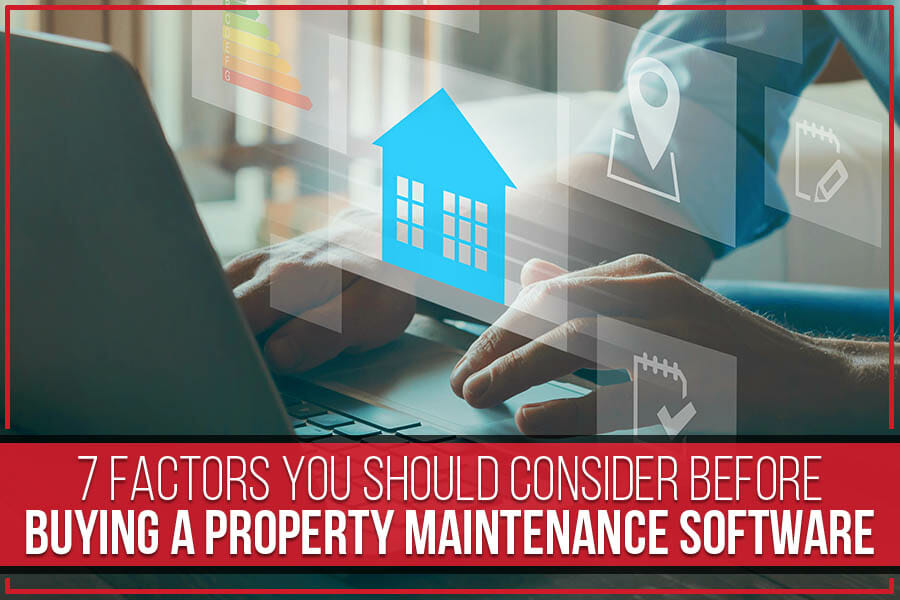Maintaining a commercial property is a challenging task that has several dimensions. Property managers have to take care of the structural upkeep, HVAC, electrical system maintenance, etc. Managing several properties is almost impossible without the help of an efficient overall property maintenance software.
Forward-looking property maintenance and management tools like SpotOnSite, help commercial property managers in Denver, CO, and nationwide in the US, fulfill their job requirements with ease.
In this blog post, we share seven essential functionalities to consider when buying property maintenance software.
User-friendly interface
An intuitive, user-friendly interface is crucial to ensure that the end-users effectively utilize the software’s functionality. If the software has excellent features and functionality, but the user interface is complex and requires extensive training, the software will not be used as intended. The interface design must target its intended audience, keeping in mind their skills level and knowledge.
Work Order Management
Work orders should be created and modifiable directly from the software without having to go through ordering supplies or reporting problems on paper. The software should automatically generate a work order when an issue, such as a leak in the bathroom or clogged drainage system, is identified. It should also track the dates, technicians, progress, and final resolution of each task.
The software should also provide detailed reports on each task that show specific details about what was done and how long it took to complete the job.
Inventory Management
Inventory management and asset tracking systems are critical for maintenance management. A good property maintenance software helps in maintaining accurate records of the supplies available. It lets facility managers get a broader picture of all inventory beyond just work orders and alerts them to order the required materials before they run out.
Equipment Lifecycle Management
Commercial properties use various kinds of equipment; it should be stored correctly, monitored for wear and tear, and replaced when its life cycle ends. A good property maintenance software should feature equipment lifecycle management functionality that allows managers to track the use of all assets to alert them about the right time to dispose of the asset.
Space Utilization and Resource Allocation
The software should track the inventory and location of equipment, supplies, furniture, or other items. It should enable the employees to find the required resources quickly by showing them the location of each item. Resource allocation software should monitor usage levels and provides real-time data about the resources available for tasks at hand. For example, the software should be able to determine if there is enough space to complete a project by checking the available workroom square footage.
Building Systems Integration
Today’s buildings include various devices and systems that should operate in sync with the property maintenance software. For example, buildings have fire suppression systems that should integrate with the property maintenance software so that employees can monitor fire alarms, water sprinklers, etc.
Data Reporting and Analytics
Data reporting functionality should help property managers manage their properties by using the data about maintenance, repairs, rent increases, etc. This information tells them how things are going at a particular property at any given instance.
A high quality property maintenance software should help optimize workflows, provide critical information for preventive maintenance and other planning, and help in strategic decision-making.
SpotOnSite helps commercial property owners grow their business with cutting-edge software solutions, including property maintenance software and contractor sales & project management software in Denver, CO, and nationwide across the US at budget-friendly prices.
Start today.



